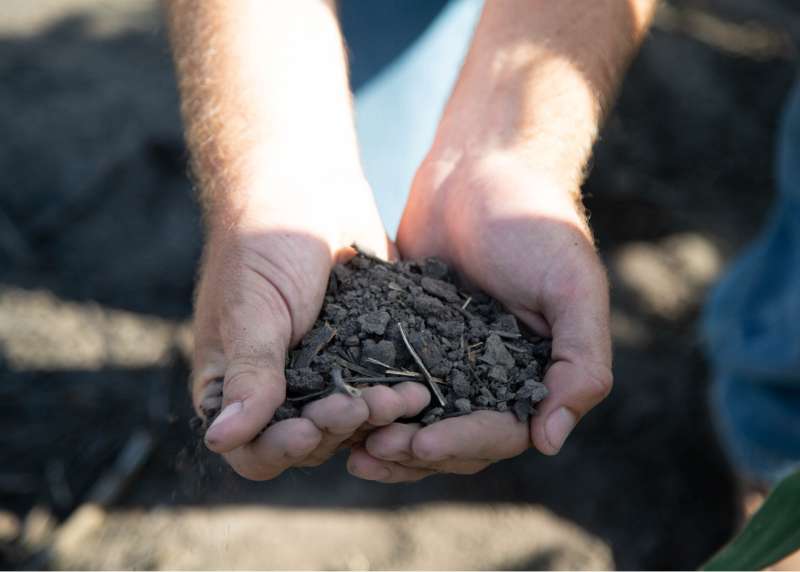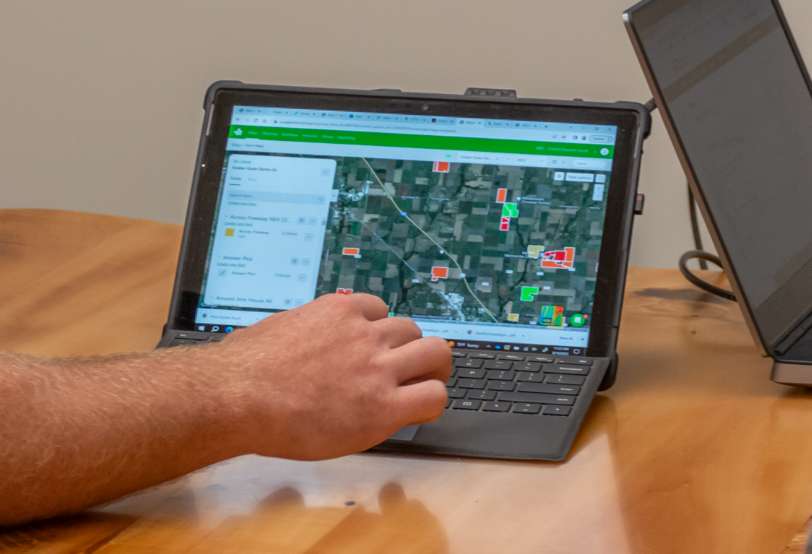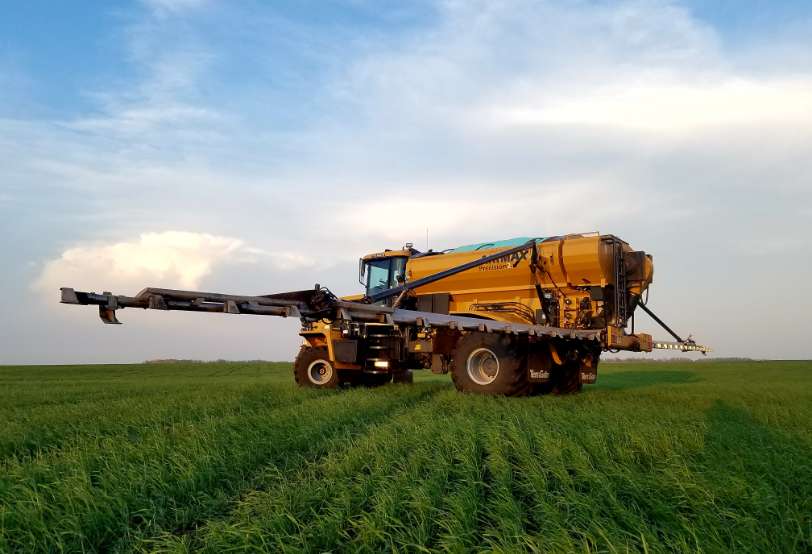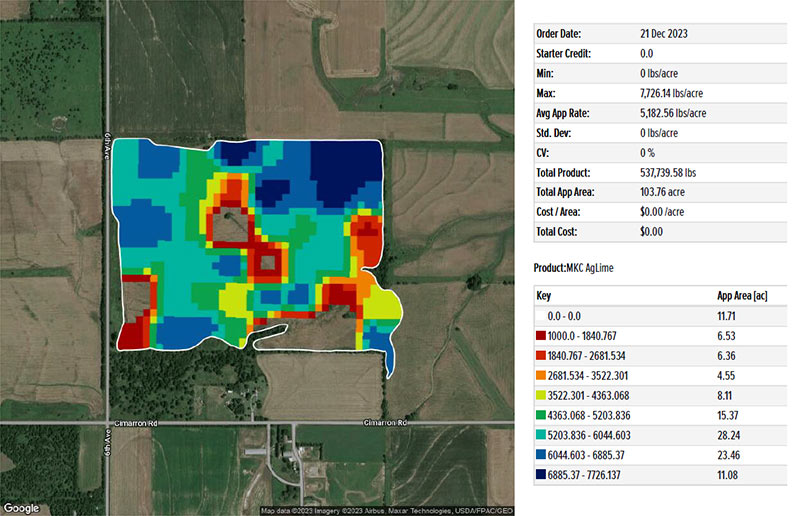REVEALING THE TRUE POTENTIAL OF YOUR FIELDS
The productive capacity of soil varies, even within a single field. By understanding variations through soil testing and other means, we can create a plan to give each acre only the inputs needed to produce its optimal yield.
Over the long term, this precision ag strategy has a strong potential to improve yields, reduce input costs, and maximize ROI. But in the short term there can be a significant capital investment, which can act as a barrier to entry.
Optimal Acre helps you implement and benefit from precision ag strategies immediately by spreading the cost of the program over four years.



